Deep in an under the bastions, fortresses and ancient walls of Tallinn, Estonia is a network of tunnels that have served a variety of needs over centuries. Today, they are an unusual attraction for visitors, who enter the open part of the system through the Kiek in de Kok Museum, itself part of the city's medieval defenses.
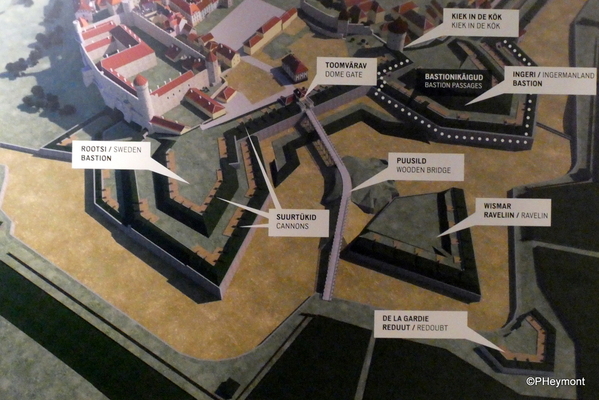
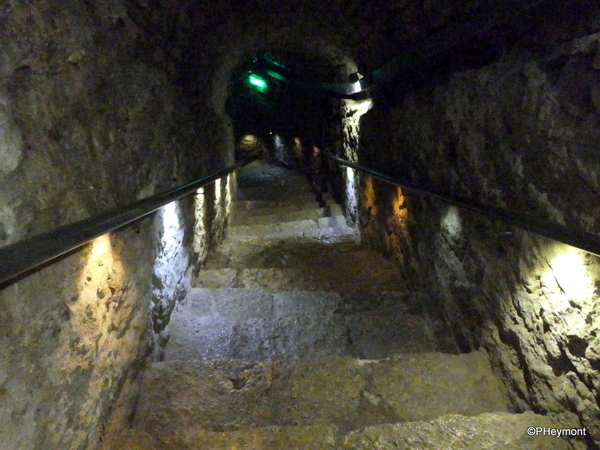

Walking through the tunnels today is like a trip through time, but not a linear one. Over the years, the tunnels have been put to such a variety of uses, all represented in one way or another in the parts that are open, that it's possible to lose track of sequence.
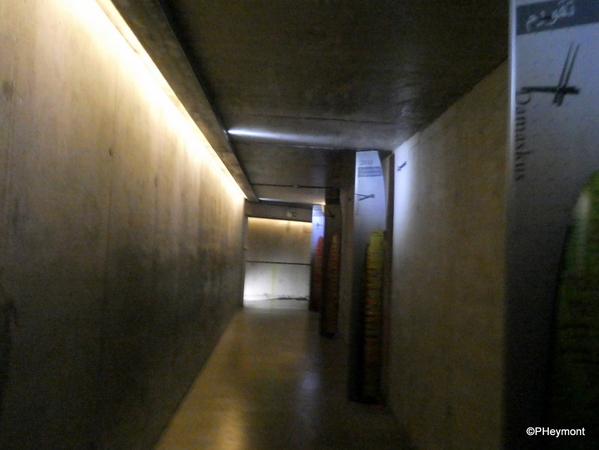
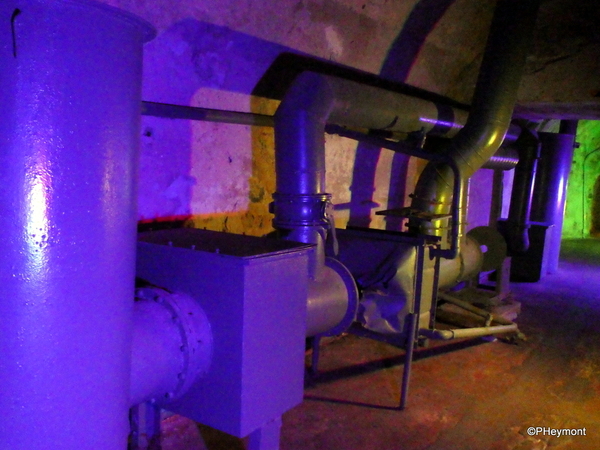

They're been used as storage space, as a means of spying on enemy movements outside the walls, as air-raid shelters, nuclear bomb shelters, living space for homeless people and more.
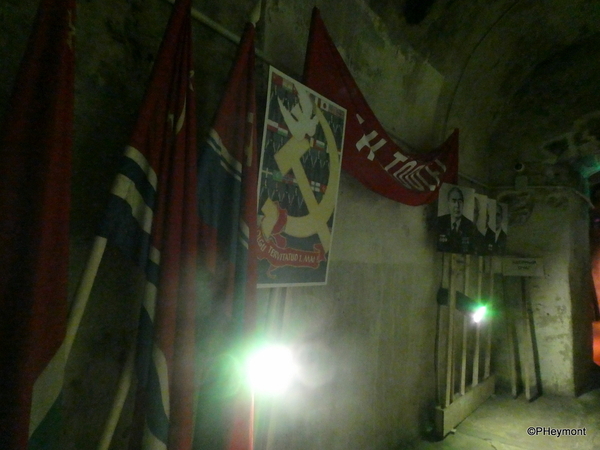
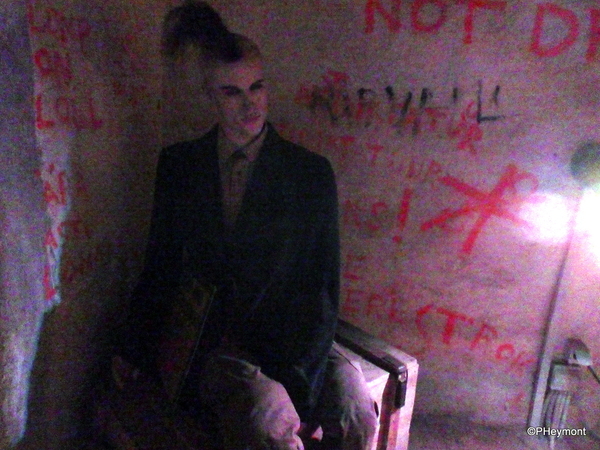
It was also, simultaneously, a warehouse for propaganda materials and for a time the center of a punk culture movement near the end of Estonia's time as part of the Soviet Union.
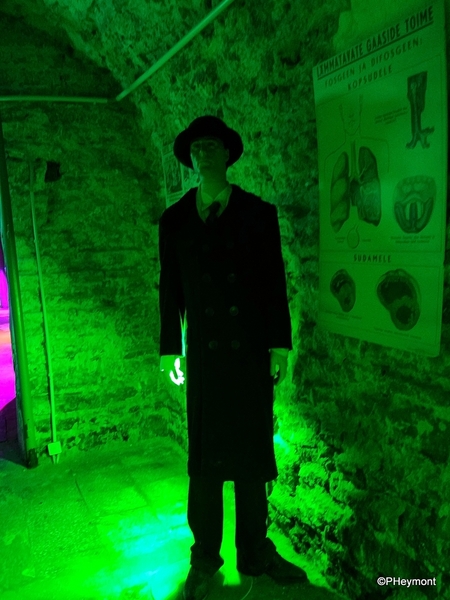
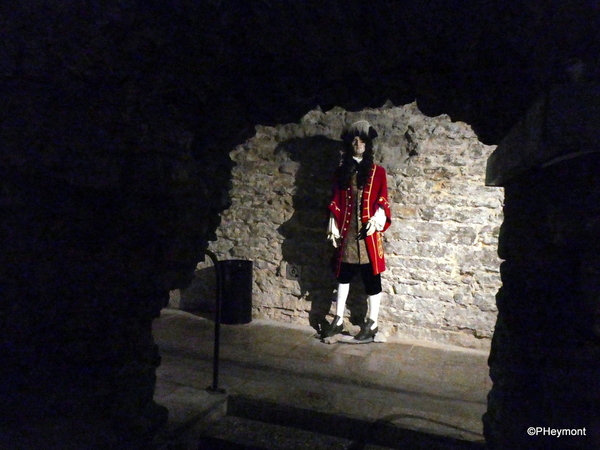
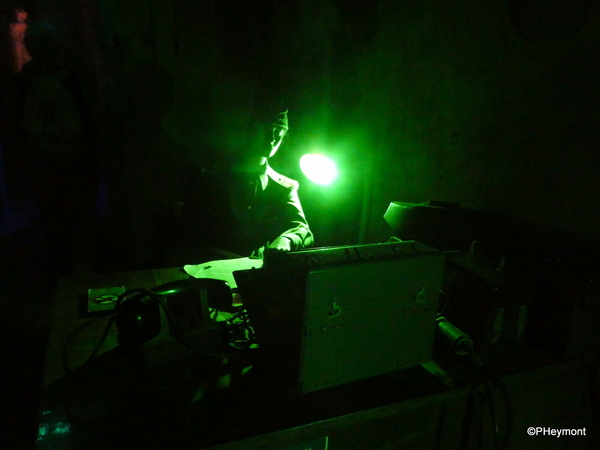 You never know who you'll encounter as you wander the passages...
You never know who you'll encounter as you wander the passages...
The original purpose of the tunnels was to provide a safe connection for soldiers and weapons between defensive bastions built to protect the city from invasion. Eleven huge bastions and towers were planned by the city's Swedish rulers, and construction started in 1686, but Tallinn fell to Russia in the early 1700s, when only three had been completed.
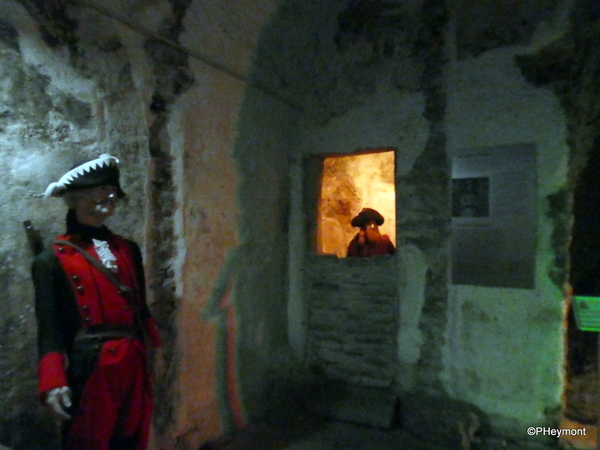

The tunnels also served at least once as a secret prison. The Metropolitan Arsenius, one of the top leaders of the Russian Orthodox Church was imprisoned there in a solitary cell, represented above, for resisting Catherine the Great's confiscation of church lands. He was arrested in his home diocese in Rostov and held in the tunnels until his death eight years later.
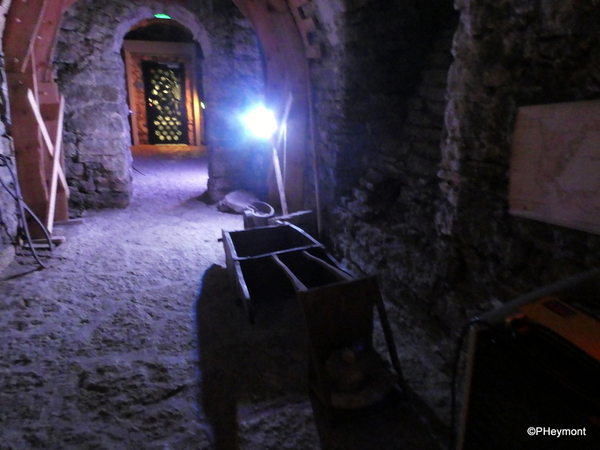
The bastions and fortifications were manned by Russian forces for over 150 years, but just at the point when they might have been needed again—British warships approached Tallinn during the Crimean War—Russia decommissioned them, and they were soon abandoned, and used only as storage space.
World War II saw the tunnels fitted out as air-raid shelters, as above; German-occupied Tallinn was heavily bombed by the Soviet air force in the spring of 1944.
The tunnels served the same role during the post-war era, when nuclear war was on people's minds; it's not clear at any point which fittings are from which of those times. For both, benches, blankets and other supplies.
There's even more to the tunnels, by the way; portions of the original network are still closed to the public, and another portion houses the stone carving collection of the city's museum system—a story for another time.

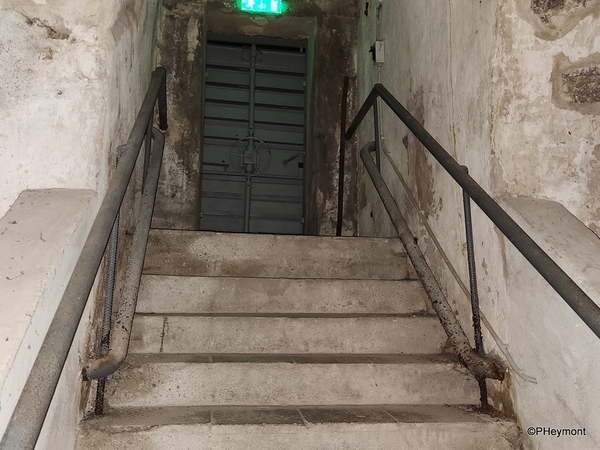



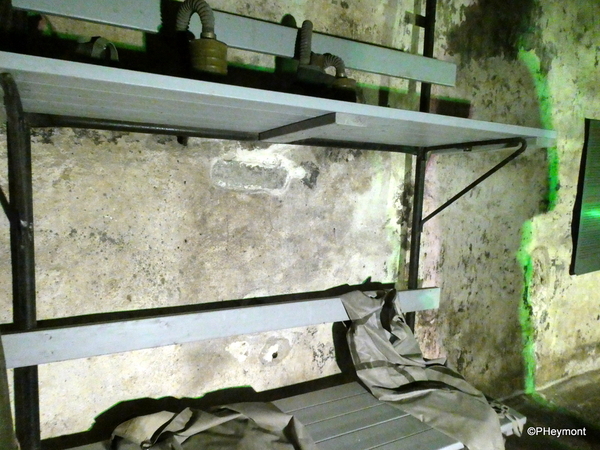
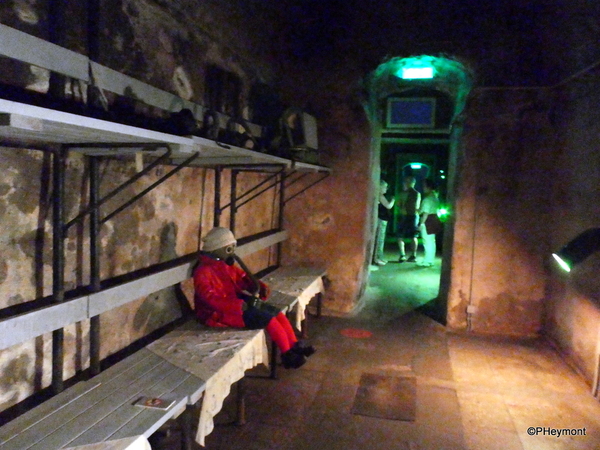






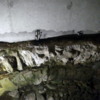










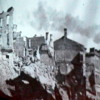
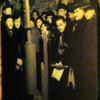




Comments (1)